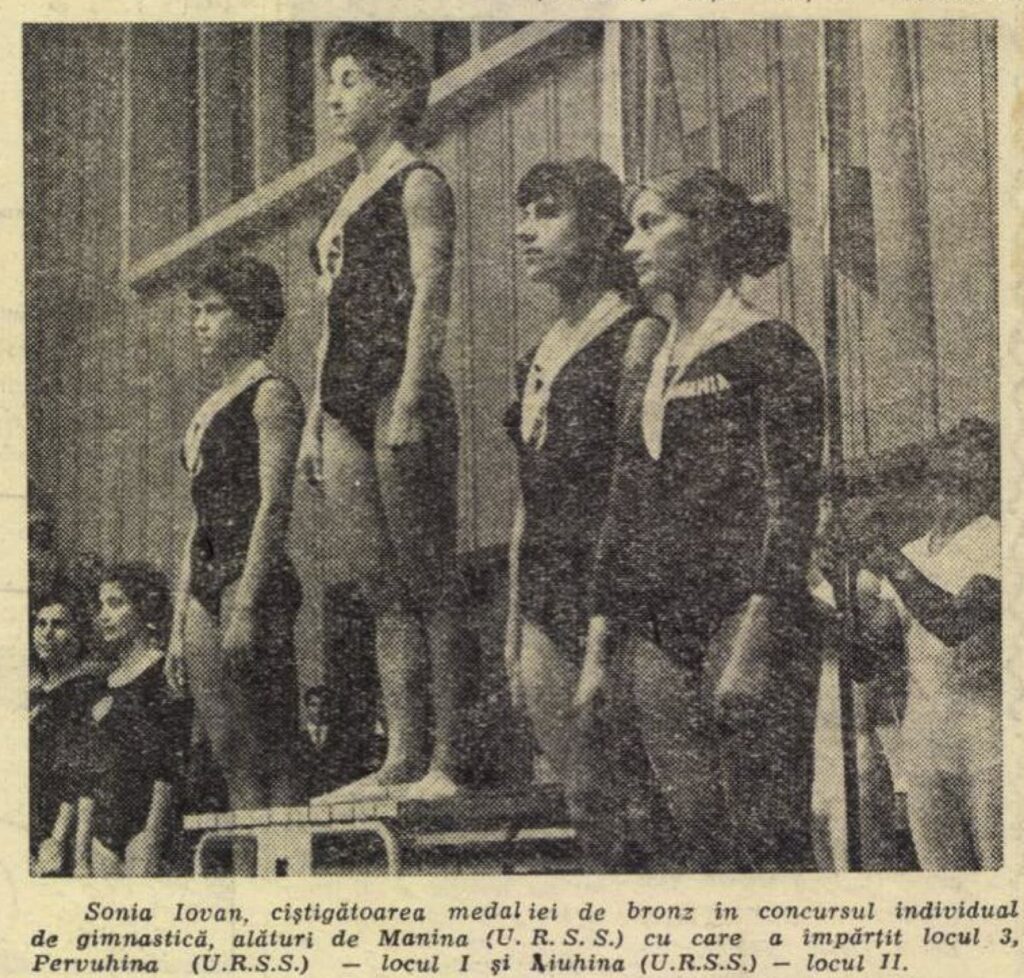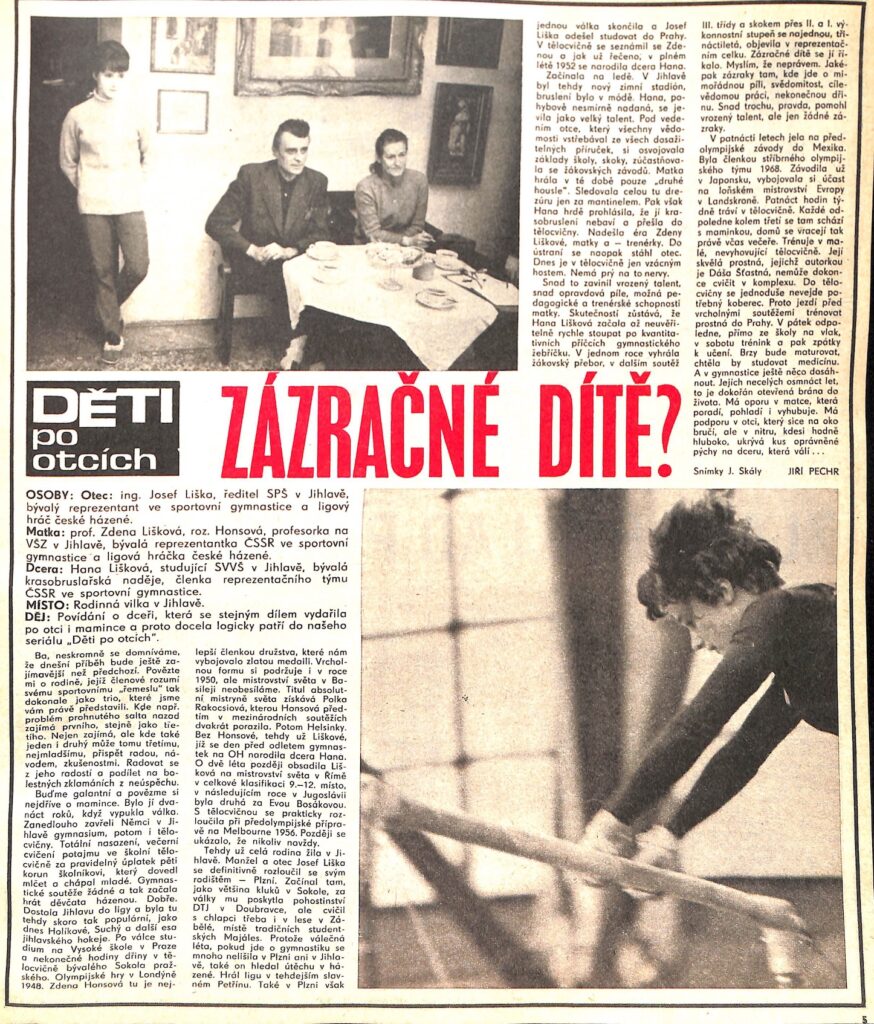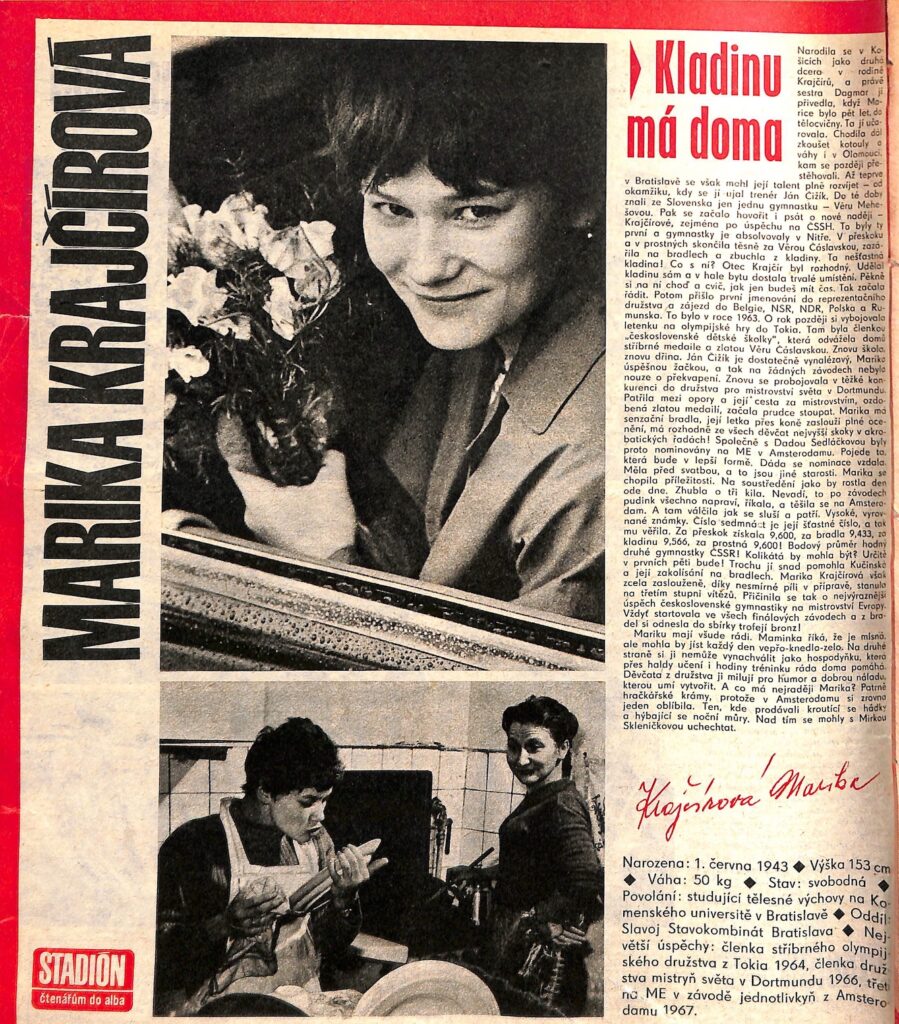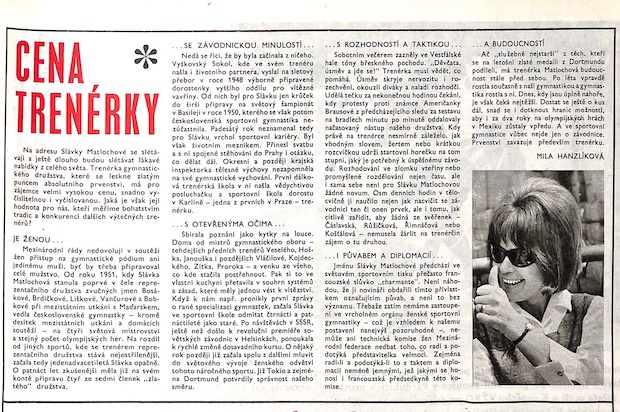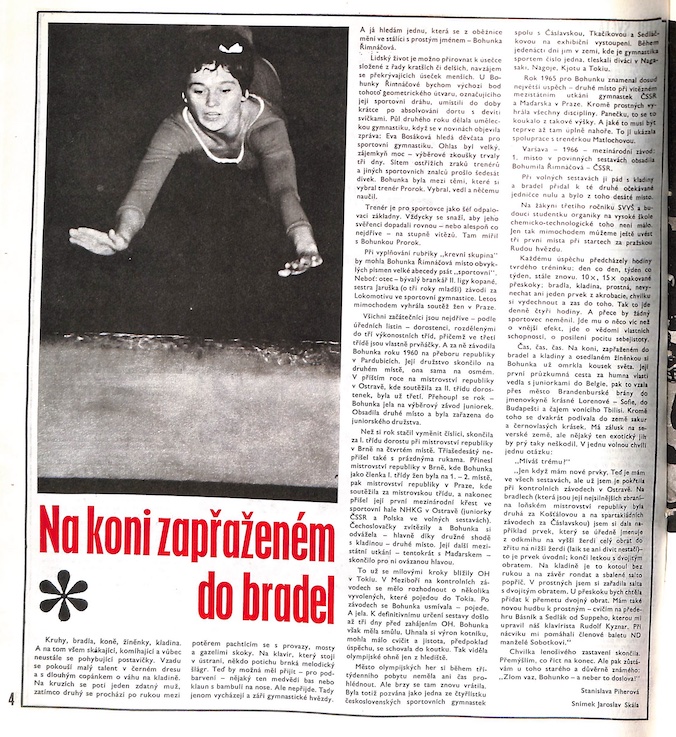At the 1961 University Games (also called the Universiade) in Sofia, Bulgaria, gymnastics was added to the program for the first time. It wasn’t a large competition — only 18 women and 28 men participated in the individual all-around competition.
But there were some big names, including 1960 Olympic gold medalists Mitsukuri Takahashi and Tamara Lyukhina, 1960 silver medalist Yuri Titov, as well as 1960 bronze medalists Sonia Iovan, Emilia Liță, and Elena Leușteanu. (There were other World and Olympic medalists at the competition.)
The events were split between two days: August 27 and August 28. The women competed on beam and floor on the first day and on bars and vault on the second. The men competed on floor, pommel horse, and rings on the first day and on vault, parallel bars, and high bar on the second day.
What follows are the complete results from the competition.
